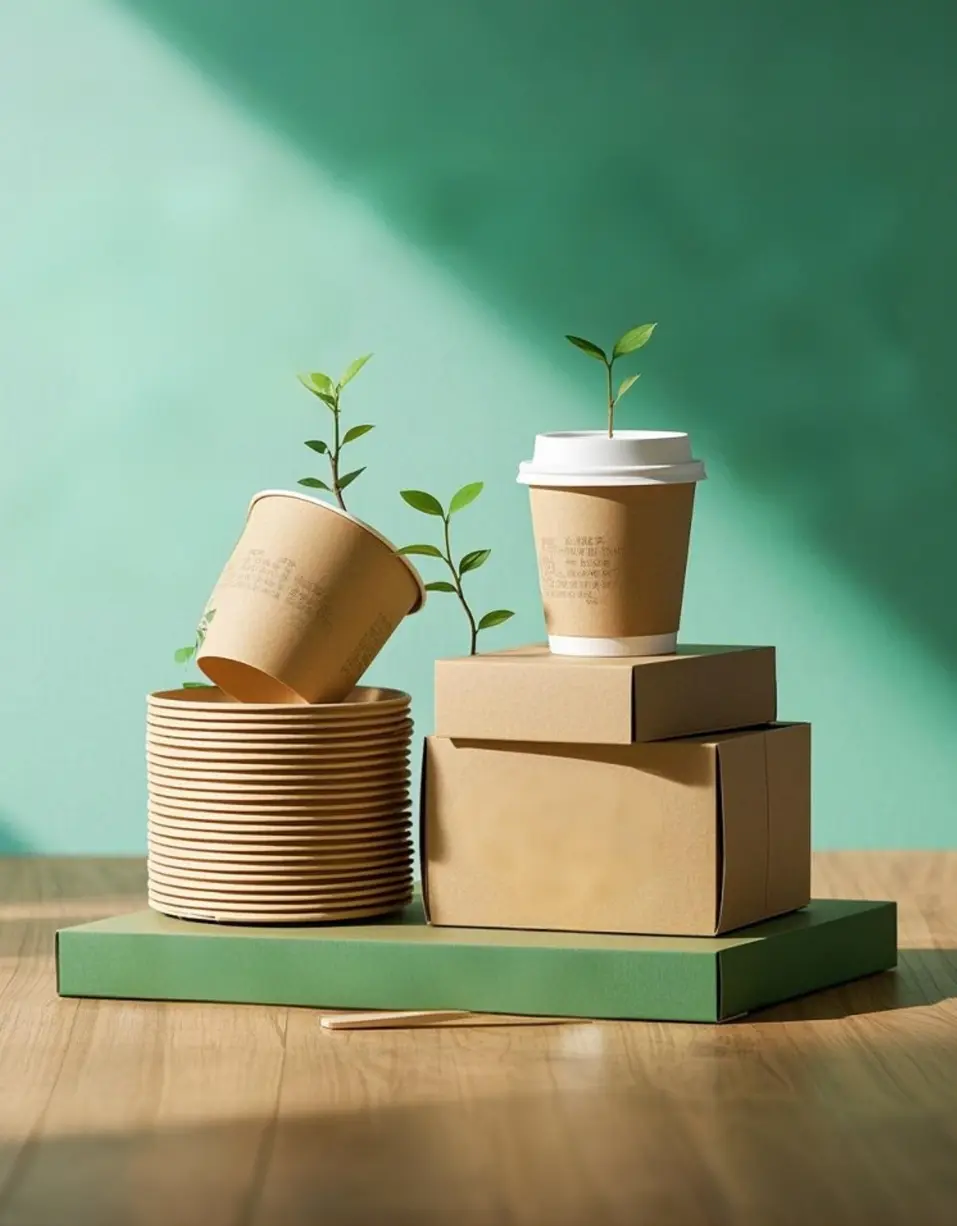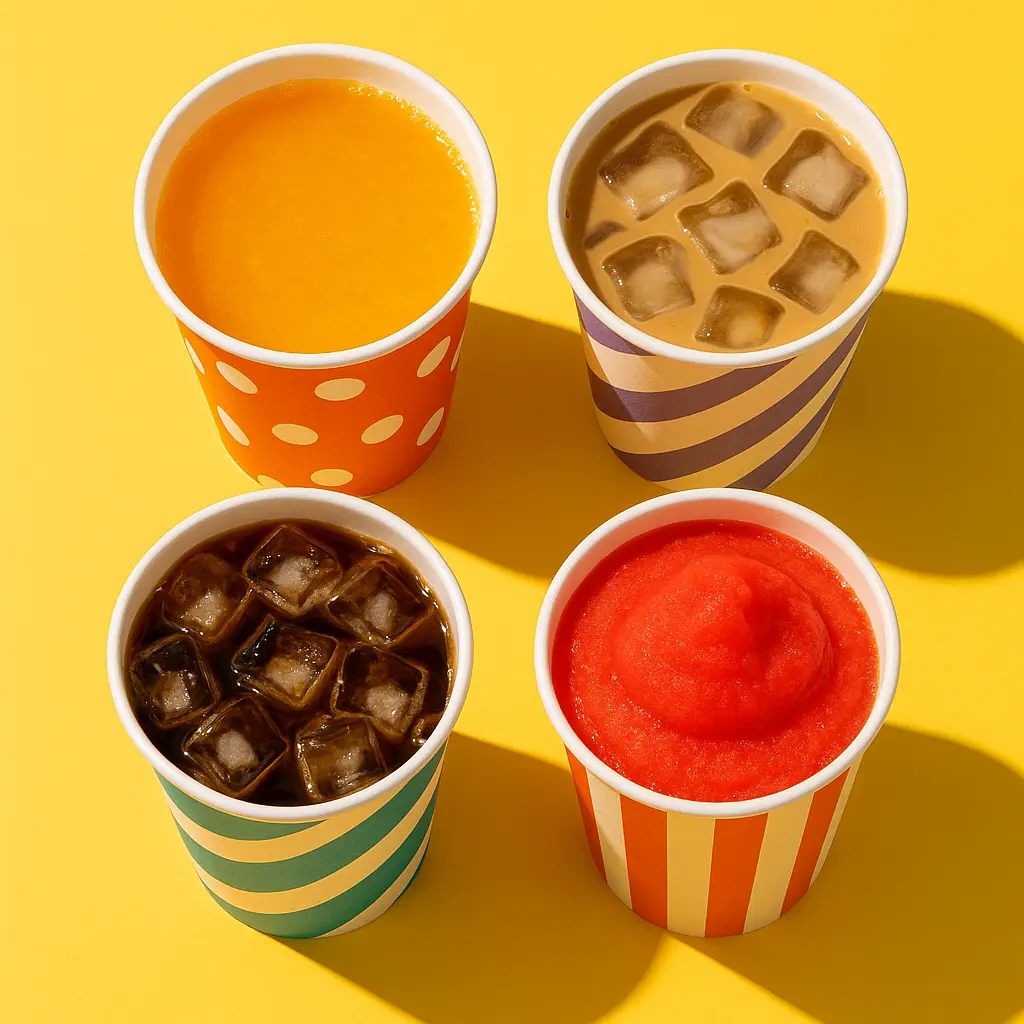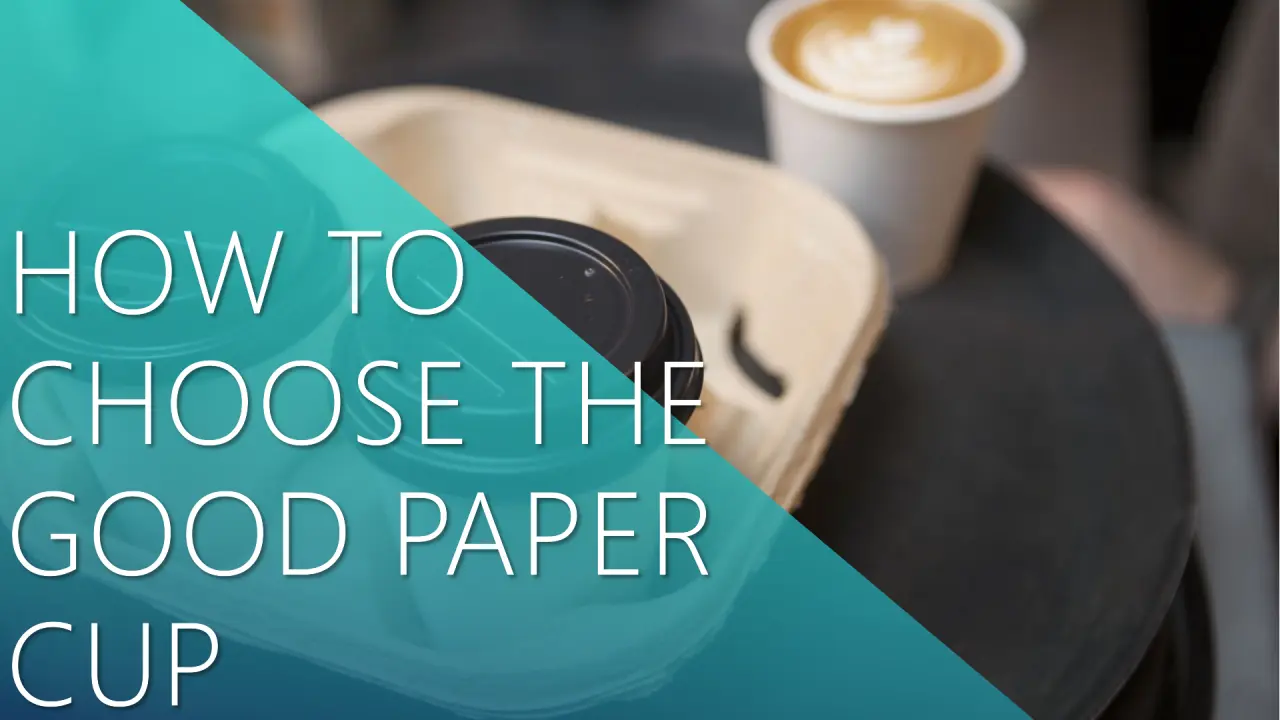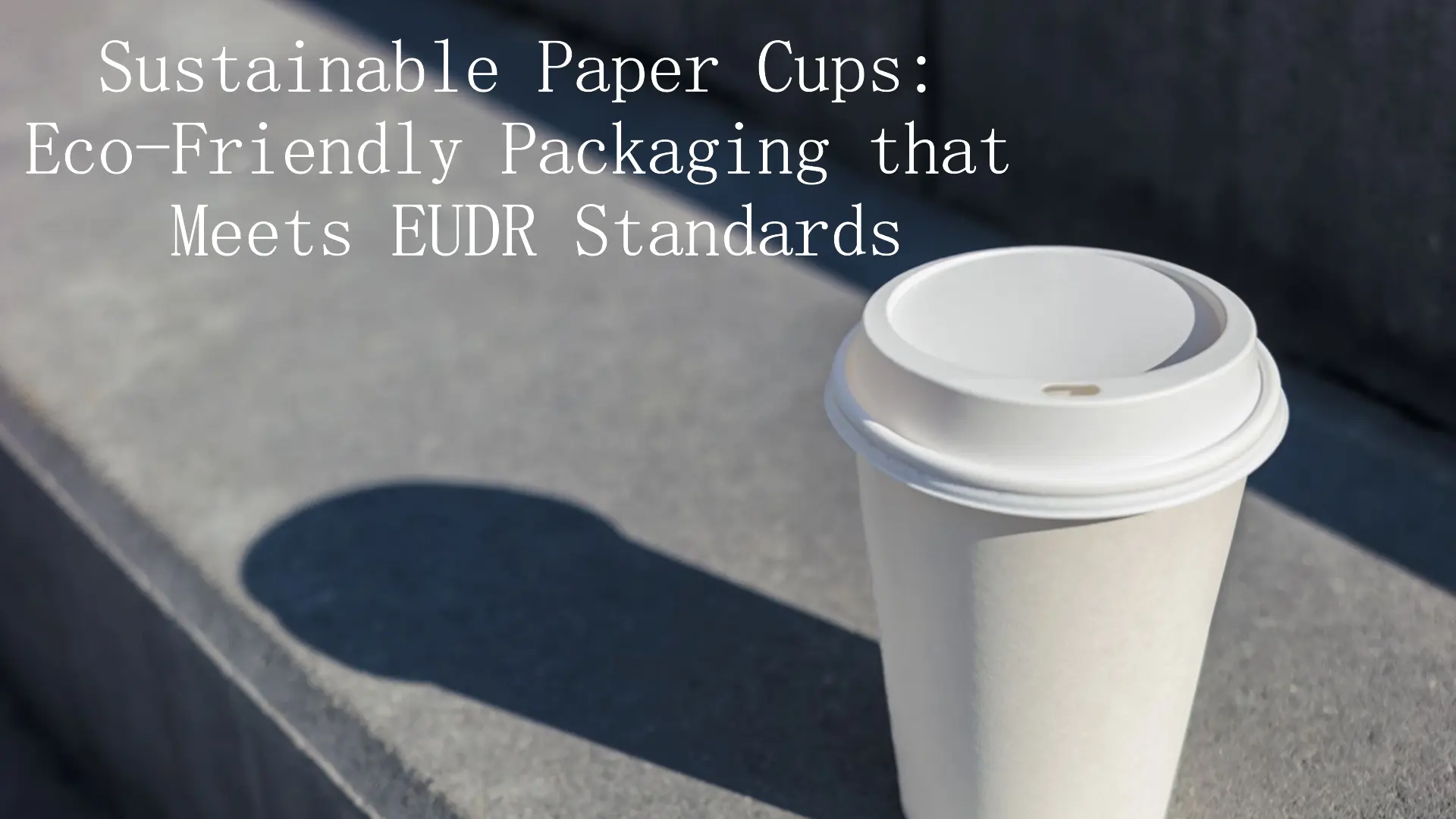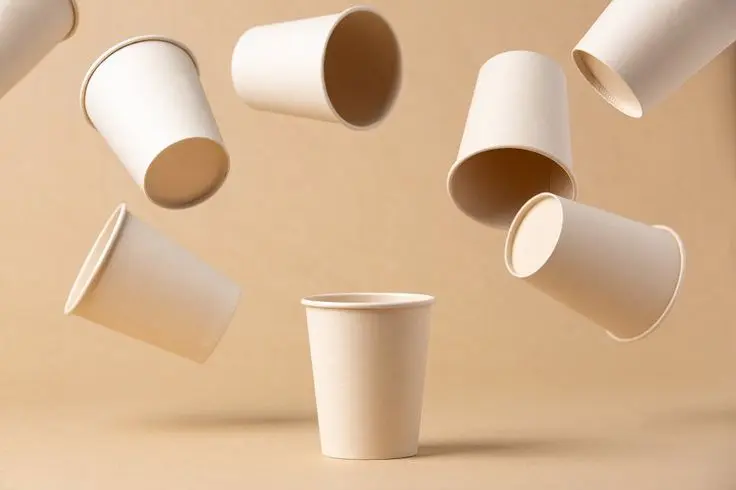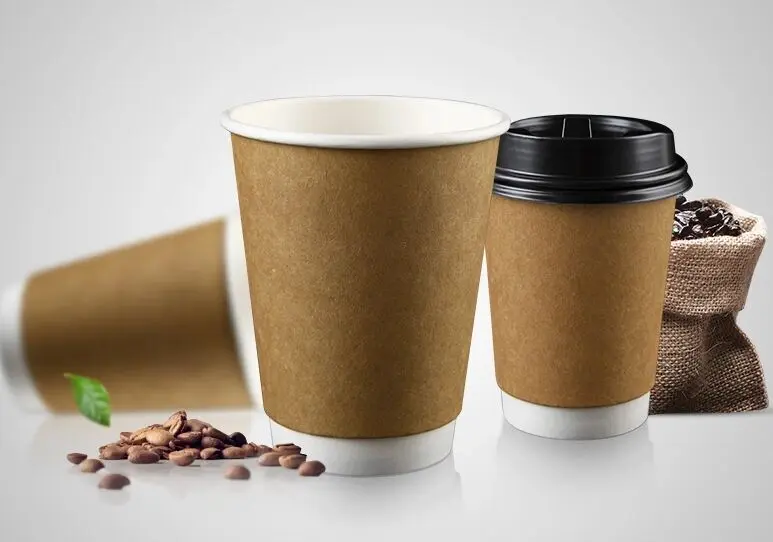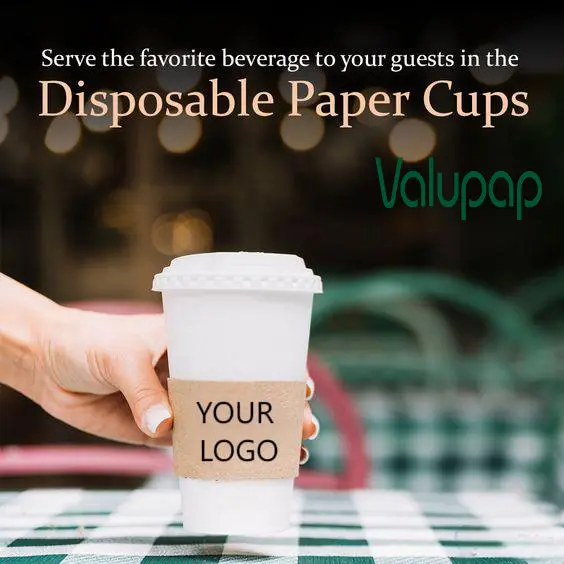How to Choose the Right Paper Cup: A Comprehensive Guide from Materials to Customer Experience
Selecting the right paper cup is not only about cost, but also about product quality, environmental sustainability, and user experience. This article will help you understand the key factors that impact the quality of Paper Cups, from raw materials to custom designs, and assist you in making informed purchasing decisions.
1. Choosing the Right Paper Cup Materials
The quality and performance of a paper cup largely depend on the materials used. Choosing the right materials can enhance the durability, heat insulation, and environmental sustainability of the paper cup. Common paper cup materials include:
- Pe Coated Paper: Due to its excellent heat insulation and waterproof properties, it is widely used for hot drink cups, making it ideal for beverages like coffee.
- PLA Coated Paper: Made from renewable resources like corn starch, PLA is environmentally friendly without compromising performance, suitable for brands that prioritize sustainability.
- Biodegradable Water-based Coated Paper: Made from plant-based materials, this option meets the growing demand for sustainable packaging solutions.
When selecting paper cups, ensure that the raw materials comply with food safety standards, come from reputable suppliers, and meet relevant regulations (such as the EU's Sustainable Corporate Due Diligence Directive).

2. Environmental Sustainability and Eco-friendly Options
As environmental concerns continue to grow, the sustainability of paper cups is becoming increasingly important. Traditional paper cups often use plastic coatings, making them difficult to recycle. To choose more eco-friendly options, consider the following:
- Biodegradable Paper Cups: Made with PLA or other plant-based coatings, these cups can break down in industrial composting facilities, reducing their environmental impact.
- Recycled Paper-based Materials: Choose cups made from recyclable materials, reducing deforestation and carbon emissions. For example, using FSC-certified paper ensures that the raw materials are sustainably sourced.
- Compostable Paper Cups: Some brands are now offering compostable paper cups that can break down completely under the right conditions, producing minimal environmental waste.
While recycling paper cups remains a challenge, selecting manufacturers that comply with environmental standards and ensuring the cups are recyclable are key to reducing environmental impact.
3. Insulation and Durability
For hot beverages, the heat insulation of a paper cup is critical. Double-walled cups provide better heat retention, keeping hot drinks warm during takeout, and improving the customer experience. Key factors to consider include:
- Double-Walled Design: Enhances insulation, preventing the cup from becoming too hot to hold.
- 300 GSM Paperboard: Increases the cup's durability and resistance to leaks.
- Coating Materials: The coating material also directly impacts the heat insulation properties. High-quality cups ensure that hot drinks maintain their temperature, enhancing customer satisfaction.
4. Food Safety and Standards
Ensuring that paper cups meet food safety standards is crucial. Using food-grade paperboard and non-toxic water-based inks for printing helps prevent health risks. Compliant paper cups with certification marks add credibility to your brand. Key points to consider include:
- Non-Toxic Water-Based Inks: Ensures the printing process does not contaminate beverages and guarantees customer safety.
- Compliance with Food Contact Standards: Ensure that the paper cups meet the relevant food contact safety regulations, such as those set by the EU.
- Certification Marks: Look for necessary certification marks to ensure the cups meet safety and environmental standards.
5. Durability and Leak Resistance
The durability of paper cups directly affects the customer experience. Using water-resistant paperboard (like APP Brand Cupstock Board) and increasing the cup's thickness can help avoid leaks and breakage. Ensuring the internal and external coating layers (such as PE or wax coatings) prevent leakage is key to maintaining the cup's performance.
- APP Brand Cupstock Board: This material provide better leak resistance and strength, making them ideal for high-use paper cups.
- Quality Coatings: Coatings not only prevent leaks but also improve the cup's water resistance, preventing deformation or leakage over time.

6. Customization
For many brands, paper cups are not just containers but marketing tools. Custom designs can help showcase your brand's logo and unique aesthetic. Common custom printing methods include:
- Offset Printing: Ideal for large-scale production, offering precise color reproduction and suitable for standard designs.
- Digital Printing: Suitable for short runs, offering flexibility and speed, ideal for complex designs.
- Flexographic Printing: Suitable for large-scale production using eco-friendly water-based inks.
Customizing your cups enhances brand identity and increases customer loyalty. A well-designed cup can also foster emotional connections with customers, strengthening brand relationships.
7. Cost-effectiveness
The cost of paper cups is closely tied to a brand's profitability. When selecting paper cups, consider the cup's size and the cost of materials. Properly managing portion sizes and cup sizes helps improve profits while meeting customer demand. For example:
- Offering different cup sizes (small, medium, large) can meet diverse customer needs and allow for pricing flexibility.
- Bulk purchasing and production can lower the cost per cup, increasing profit margins.
8. Customer Experience
The design of the paper cup not only affects its appearance but also directly influences the customer's drinking experience. A well-designed cup lip and curvature can reduce spills and enhance drinking comfort. By using high-quality paper cups, you can leave a lasting impression on customers, increasing repeat business.
- Cup Lip Design: Ensure the lip is smooth and suitable for drinking, minimizing spills.
- Grip Comfort: The exterior design should consider comfort for customers when holding the cup, preventing slippage or discomfort.

9. Innovation and Technological Advancements
With advances in technology, paper cup manufacturing is continually evolving. Cups made from biodegradable materials and renewable resources (such as bamboo and sugarcane) not only offer better environmental benefits but also have improved structural strength and leak resistance. Additionally, the use of automated quality control systems enhances the consistency and quality of paper cups.
Looking ahead, paper cup production may incorporate more high-tech elements like nanotechnology to improve heat insulation and leak resistance, or develop more efficient and eco-friendly coating technologies, further pushing the industry towards sustainable development.
Summary
Choosing the right paper cup requires a comprehensive consideration of several factors, including raw material quality, environmental sustainability, insulation properties, safety standards, durability, customization needs, cost-effectiveness, and customer experience. By understanding these key elements, you can select the most suitable paper cup for your needs, enhancing customer satisfaction while supporting your brand image and sustainability goals.
Whether aiming for environmental sustainability or enhancing your brand image, investing in high-quality paper cups will bring long-term benefits to your business and contribute to a greener planet.

